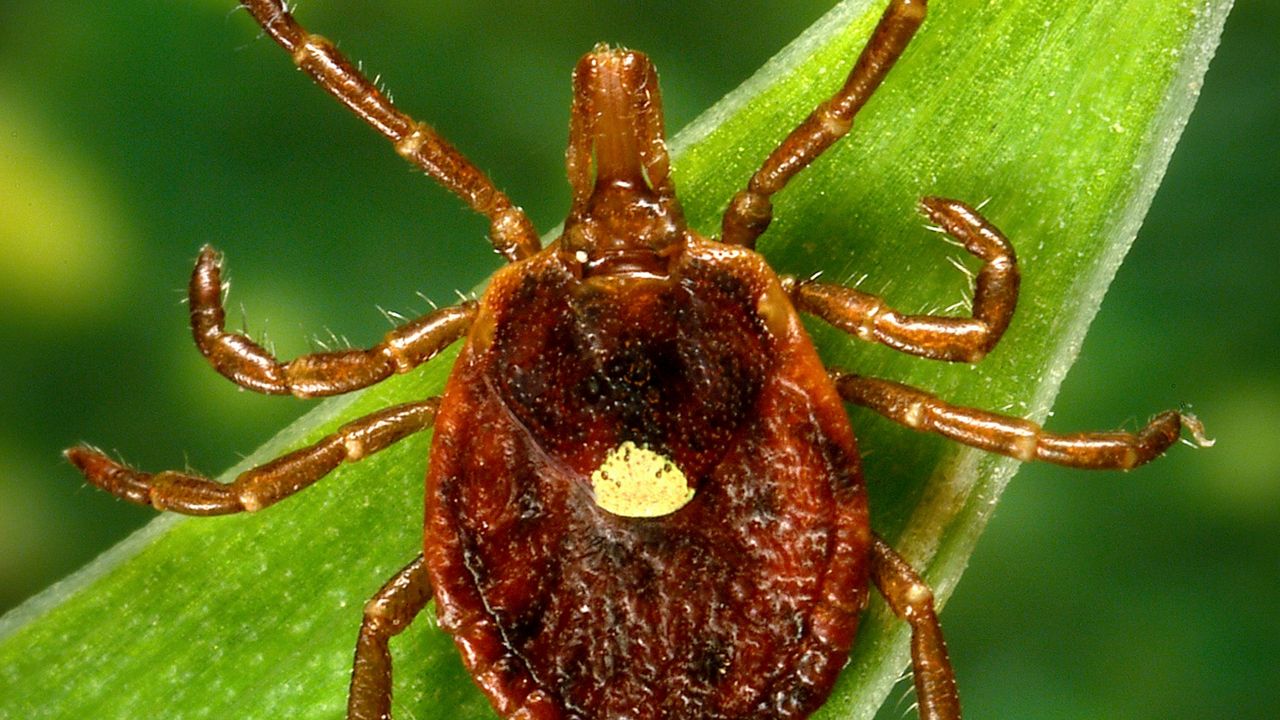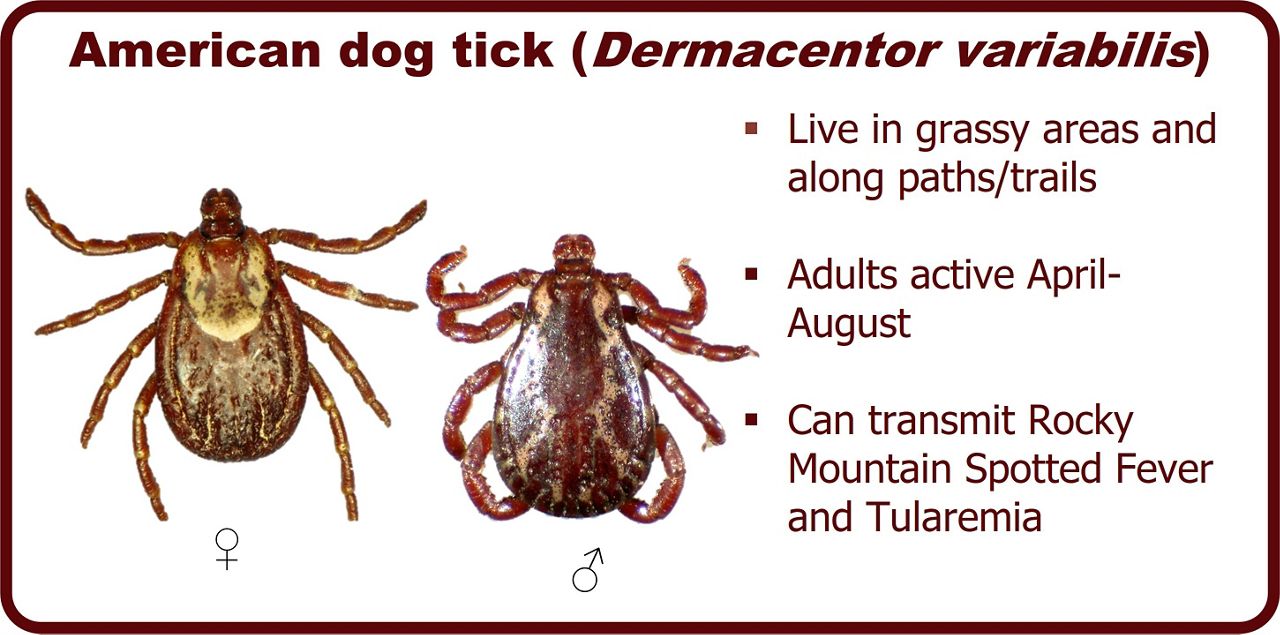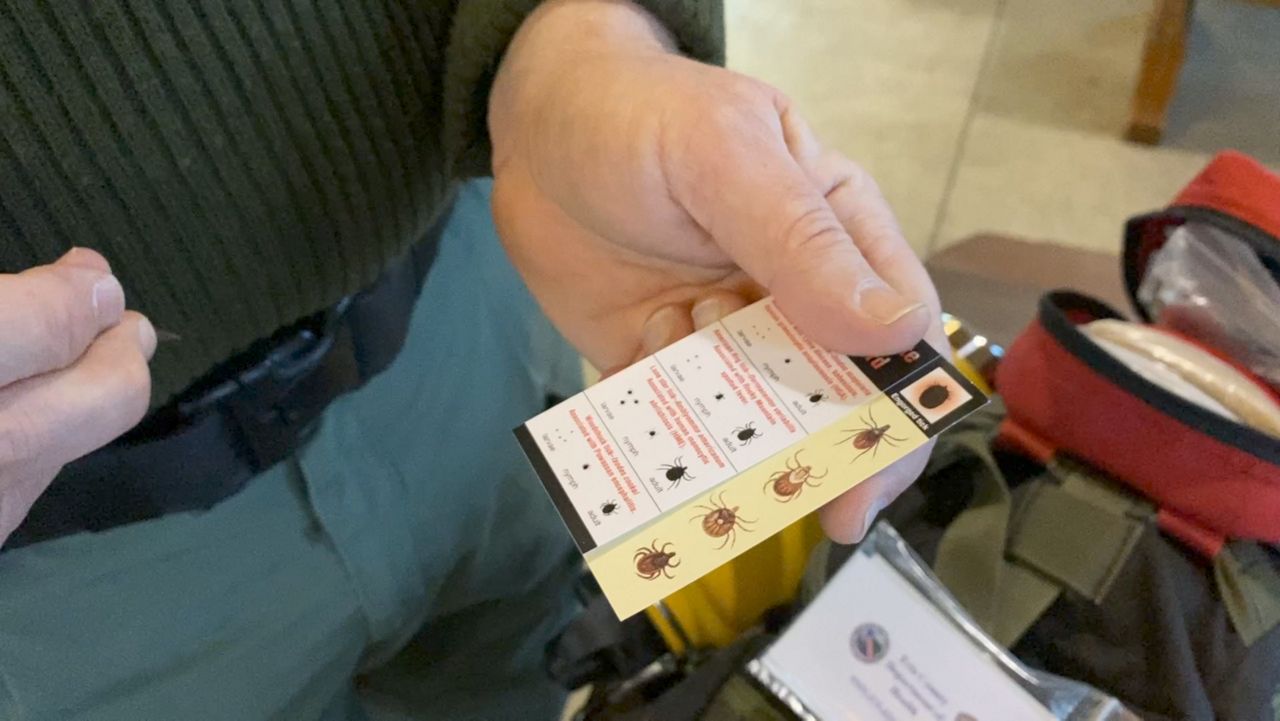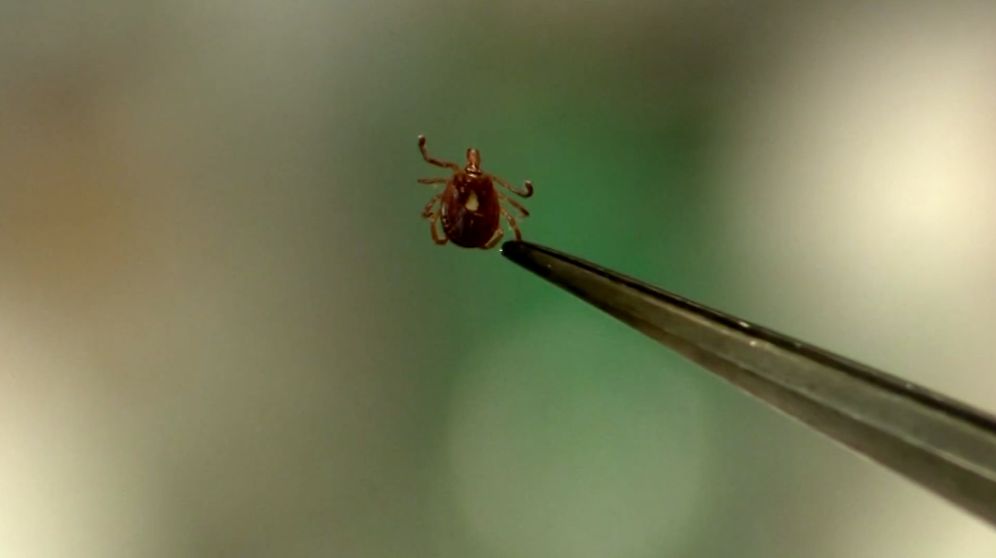Tick populations are on the increase around St. Louis and the weather may be to blame.
Dr. Edmund A. Babler Memorial State Park recently posted on its Facebook page that the tick population on the park’s trails is on the increase. While they are cutting back the plants along the trails, they urge visitors to stay on the main pathways and check themselves for ticks.
Ticks found in the woods and tall grass are not noteworthy, but thanks to the recent rain, the population of the arachnid is on the rise.
Warmer, wet conditions create more hosts for the ticks to latch on, which can then spread more disease. Locations with deer, mice, small wild animals and birds can draw more ticks.
A three-year field study (2014–2017) in Pittsburgh, Kansas, published in the scientific journal, Plos One, found that ticks are most active in humid spring and summer seasons.
“We have seen increases recently in both the number and severity of tick-borne diseases in the Midwest, particularly in the humid climates of Missouri, Kansas, Oklahoma and Arkansas,” said Ram Raghavan, Epidemiologist at the University of Missouri in 2021 when the research was published.
He also explains several factors have contributed to the rise in tick-born diseases including humans increasingly relocating from densely populated urban cities to suburban areas closer to forests and grasslands as well as outdoor fitness becoming more popular due to COVID.

According to data from the Centers for Disease Control and Prevention, the number of tick-related illnesses has more than doubled in the past 15 years, surpassing 50,000 cases. The Lone Star tick isn’t the only tick in town, the American dog tick and brown dog tick have high populations in Missouri as well.
The Lone Star and American dog tick are of higher health concerns, as they are both carriers of Rocky Mountain spotted fever and Lyme disease. Lone Star ticks can also carry a newly discovered disease: the bourbon virus.
Missouri residents have tested positive for this virus since 2014, which includes symptoms of diarrhea, muscle aches and fever. In extreme cases, the bourbon virus can be fatal.


Raghavan added that because there are currently no vaccines for tick-borne diseases, prevention practices and tick awareness are the best ways to avoid tick bites.
As for what you should do to prevent tick bites, wear insect repellant that is an Environmental Protection Agency (EPA)-registered insect repellents containing DEET, picaridin, IR3535, Oil of Lemon Eucalyptus (OLE), para-menthane-diol (PMD), or 2-undecanone.
Treat clothing and gear with products containing 0.5% permethrin. Avoid wooded and brushy areas with high grass and leaf litter and walk in the center of trails. Wear long pants and sleeves while out in these areas. Give your body a thorough check when indoors.
For more information on ticks, visit the Centers for Disease Control and Prevention.







